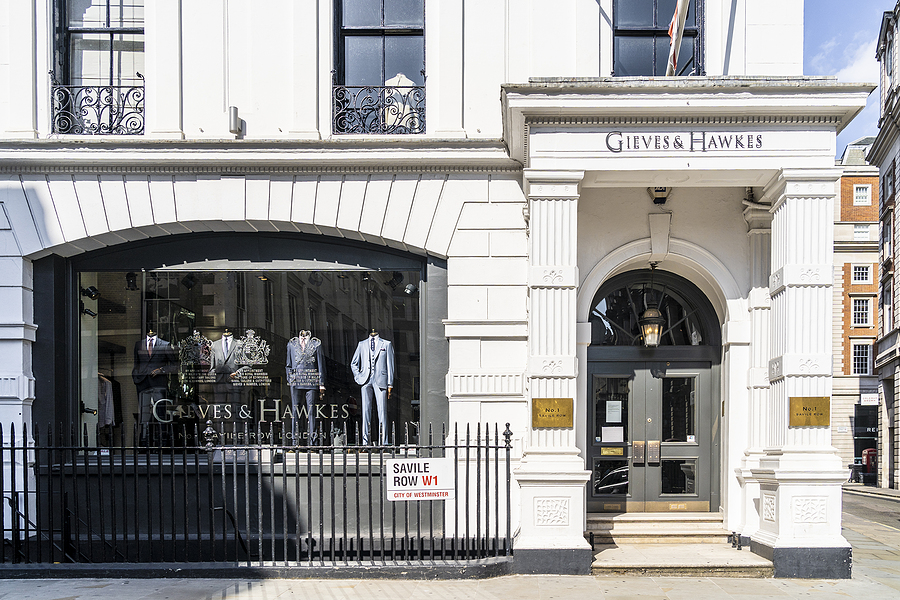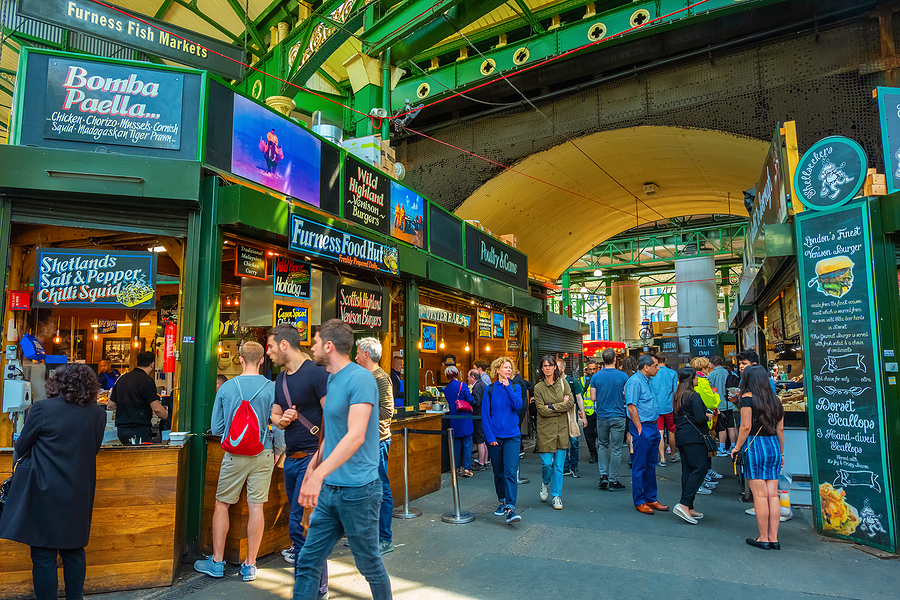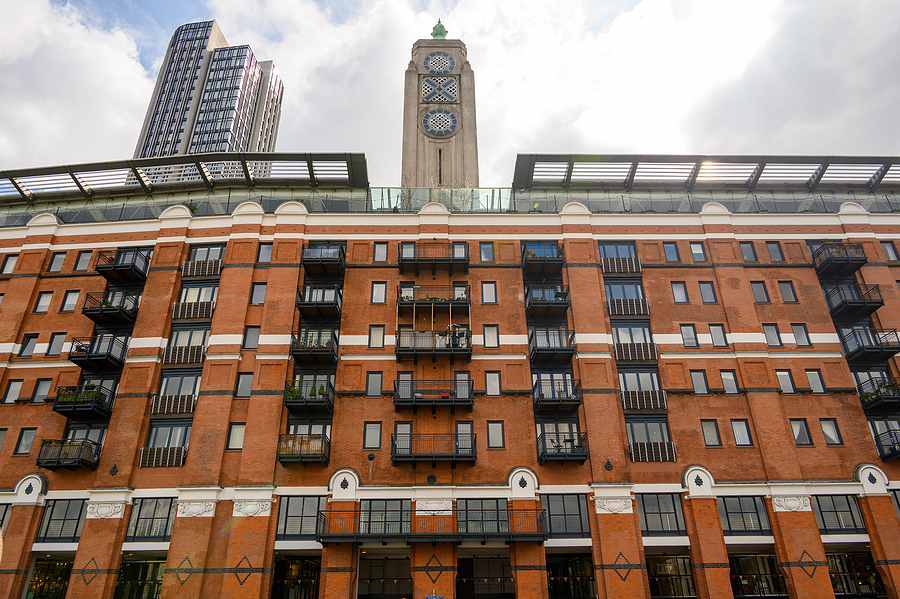The evocative nature of great works of fiction, great films and great music can bring great inspiration for private tours that provide a glimpse into a different, more secret vision of some of the most beautiful, storied and fascinating cities in the world.
A fascinating piece of inspiration can be found in A Tale of Two Cities, the most successful novel ever written in which Charles Dickens weaves a tale through the streets of London and Paris around the moments when revolution hits.
It has one of the most famous opening lines in literary history, but rather than focus on the worst of times, here is where you can visit on a tour of two cities to make your luxury holiday the best of times.
Child & Co. Bank, Temple Bar
Much of the novel’s sections based in London focus on Tellson’s Bank, a fictional bank said to be by Temple Bar, the historic and iconic ceremonial city gates that link the City of London to Westminster.
Tellson’s Bank never existed, but it was heavily inspired by Child & Co., the oldest bank in the UK, older than the Bank Of England itself, and located right next to the Temple Bar Memorial statue.
The bank itself only finally closed in 2023, having survived the widening of Fleet Street itself and multiple changes of ownership, finally becoming a fully integrated part of The Royal Bank of Scotland.
The old building is filled with heritage, a timeless quality and a sense that it was a gateway between the financial, legal and political hubs of London, all of which makes it a great place to visit alongside the rest of Temple Bar.
The Bastille
From the start of the novel with the freeing of the French doctor Alexandre Mammett, who had spent 18 years as a prisoner, up until its climactic storming the Bastille is a historic and formidable fortress in East Paris that proved to be a major and significant part of not only A Tale of Two Cities but the French Revolution as a whole.
It is an essential place to visit in Paris to truly understand how it transformed from a city of strife to a city of light, but you can walk down the historic Rue du Faubourg Saint-Antoine to visit the types of historic buildings that inspired the wine shop owned by the Defarges.
This street took Dr Manette away from the Bastille and would, 13 years later, take Ernest and Therese the other way to storm the building in an event so historic it is a national holiday in France.
Soho
One of the brightest and most animated places in London, Soho has been at the centre of a lot of London’s history, and even by the time Charles Dickens had set A Tale of Two Cities, it was already undergoing significant changes.
It was at the time known as London’s French Quarter, a reputation that only intensified following the emigration of much of the French Aristocracy, although in 1859, its use would have been rather deeply ironic given its connection to a cholera epidemic that ultimately proved germ theory.
Dr Manette and his daughter Lucie lived near Soho Square in a quiet house on a street corner, with the beautiful descriptions of the family and their friends relaxing under the trees providing a moment of sanctuary between the troubles of the start of the book and the rumblings of revolution.
Place De La Concorde
The end of A Tale of Two Cities is one of the most famous tragic sacrifices in modern literary history.
The barrister Sydney Carton makes the choice to sacrifice his life after overhearing that the revolutionaries may execute the love of his life, Lucie Manette, for mourning the execution of her formerly aristocratic husband Charles Darney.
The final section of the book takes place at the Place de la Concorde, then known as the Place de la Revolution, where King Louis XVI was executed by guillotine amongst many other aristocrats.
The entire last part of the book reflects the contrasts within A Tale of Two Cities and the French Revolution itself, with the image of Therese Defarge next to the guillotine knitting the names of the damned into her stitches.
This is a fate that Mr Carton faces and reflects upon as he imagines a happier brighter future, ending with the iconic final lines that he has done something “far, far better” than he had ever done and will face a rest “far far better” than he had known before.
The real Place de la Concorde belies the grisly historical events, with its beautiful Tuileries Garden to relax in and the nearby Musee de l’Orangerie located within its truly staggering grounds.











